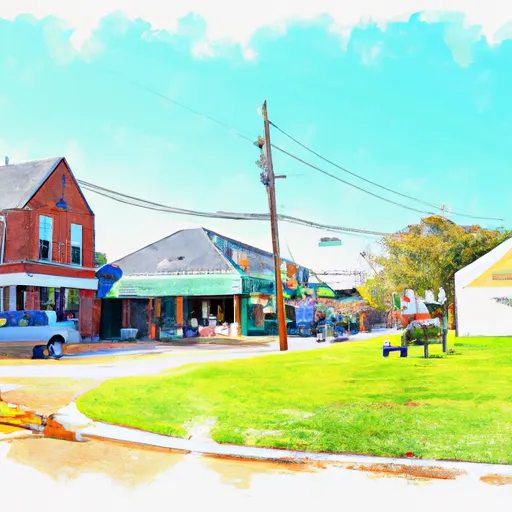°F
°F
mph
Windspeed
%
Humidity











Marthaville, Louisiana is a small town located in Natchitoches Parish. The climate in Marthaville is characterized as humid subtropical, with hot and humid summers and mild winters. Summers bring average temperatures ranging from the mid-80s to low 90s Fahrenheit, while winters typically see temperatures ranging from the mid-40s to low 60s Fahrenheit.
When it comes to hydrology, Marthaville is surrounded by the natural beauty of various water bodies. The town is situated near several lakes and rivers, including the scenic Red River and Toledo Bend Reservoir. These waterways offer great opportunities for fishing, boating, and other water-based activities.
Outdoor enthusiasts will find numerous recreation opportunities in and around Marthaville. The area is known for its diverse wildlife and offers excellent hunting opportunities. Additionally, the nearby Kisatchie National Forest provides ample space for hiking, camping, and exploring nature. The forest encompasses over 600,000 acres of pine forests, rolling hills, and scenic trails. Whether it's enjoying water activities or immersing oneself in the natural splendor, Marthaville and its surroundings offer a range of outdoor experiences for visitors and residents alike.
Weather Forecast
Marthaville receives approximately 1359mm of rain per year, with humidity levels near 87% and air temperatures averaging around 19°C. Marthaville has a plant hardyness factor of 8, meaning plants and agriculture in this region tend to thrive here all year round.
Regional Streamflow Levels
32
Cubic Feet Per Second
1,420
Cubic Feet Per Second
26
Cubic Feet Per Second
158
Cubic Feet Per Second
Nearby Camping
| Camping Area | Reservations | Toilets | Showers |
|---|---|---|---|
| Barksdale AFB Military | |||
| Pleasure Point State Rec Area - Toledo Bend Lake | |||
| Holbrook Parish Park | |||
| Lake Bistineau State Park | |||
| Toledo Bend Military | |||
| Hodges Gardens State Park |



